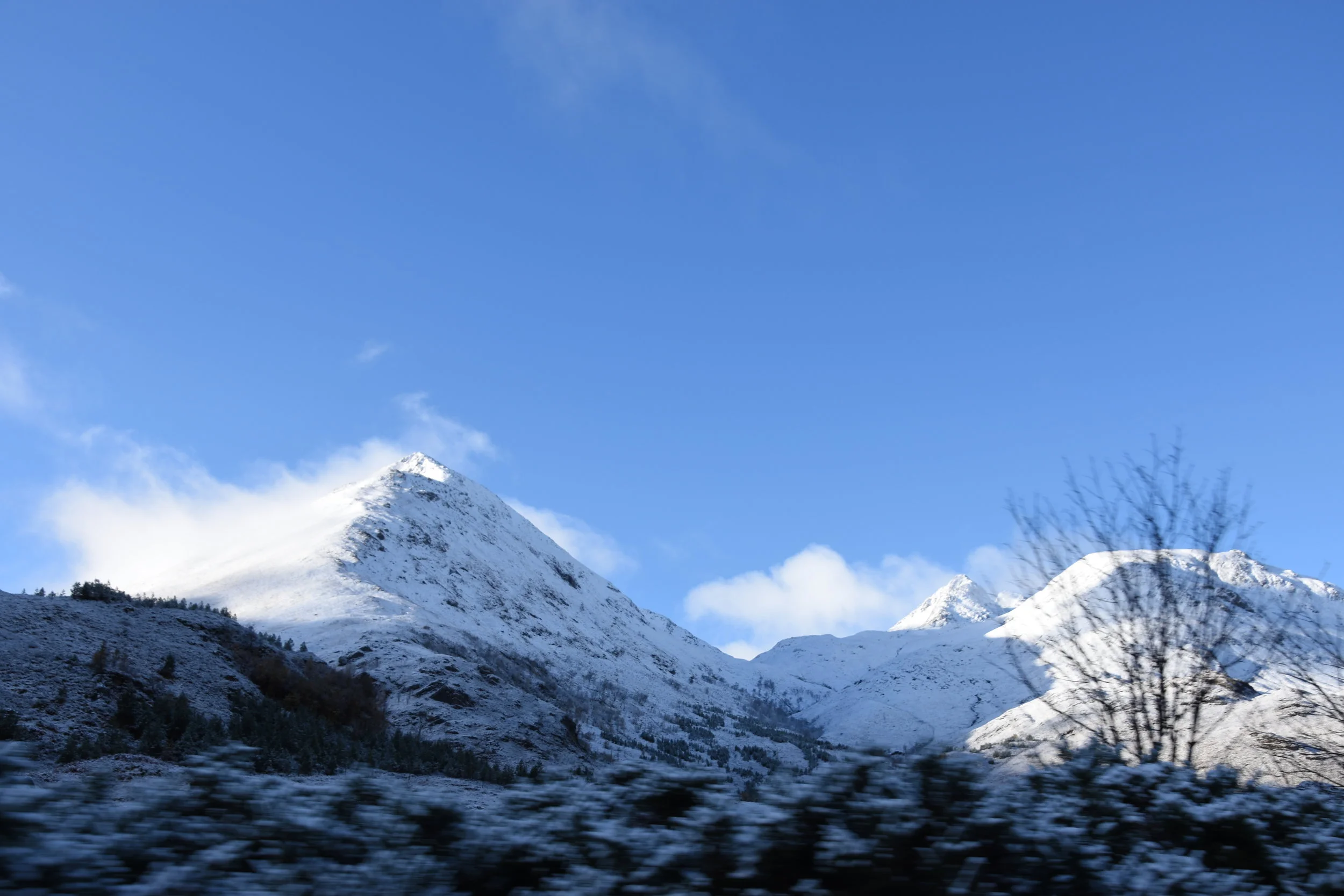Scotland: the home of geology
World famous for its peaks and glens, rich in iconic beauty and bloody history, Scotland’s landscape has long captured the imagination of poets and artists searching for a deeper understanding of creation through emersion in its wild places.
Some of those deep thinking ancestors were the first people to take seriously the question of ‘why?’ when confronted by the enumerable fascinating elements which make up Scotlands scenic fabric.
Methodically pondering the very rocks under their feet, these pioneers actually imagined a branch of science that has illuminated not just our understanding of the earth, but shone a light of reason upon the vastness of the universal cosmos.
Their revelation of deep time, visible in cliffs and crags, has cemented the rational foundation upon which we understand all life. Without these inquisitive minds, the voyage of the Beagle for example may have been a most unremarkable side trip.
One cannot work with and among the stones of Scotland and share in the rocky reverence of this place, without being consciously grateful for the understandings contained in their geological maps and books. We owe their existence to a branch of science which we are proud to know germinated in the minds of Scottish thinkers, shaping our artistic practice, vaulting our understanding of existence and underpinning all scientific libraries.
We wish to express our eternal gratitude by highlighting just a few individuals worthy of regular remembrance:
james hutton
1726-1797
Often called “The Father of Geology” James Hutton gleaned much of his understanding from ‘unconformities’ where rocks of different ages are found one above the other, often containing layers of different angles leading to the revelation of geological time.
In addition he demonstrated that igneous rocks were once molten and found examples to illustrate his theories which he published in a paper entitled ‘Theory of the Earth’ in 1795.
sir charles lyell
1797-1875
Lyell championed the work of Hutton and pushed forward it’s understanding leading to greater definition within geological time and the creation of many new geological eras.
Among his other scientific achievements were an explanation of earthquakes and theories regarding volcanoes.
Perhaps his greatest importance was to be felt through the work of Charles Darwin and Alfred Russel Wallace who’s theories of evolution through natural selection underpin enlightenment, and who’s work was entirely dependent upon the understanding of geological time propagated by Lyell in his book, ‘Principles of Geology’, published in 1830.
john muir
1838-1914
Remembered as ‘The Father of US National Parks’ and arguably the world’s most important conservationist, John Muir was also perhaps the first Geologist to understand how land is shaped by glaciers.
This was an insight afforded to him through his inquiring mind and time spent in the astonishing Yosemite Valley but one which Scotland is equally graced in the light of.
I can’t help thinking of Yosemite as I enter Glencoe from the moor or thinking of the redwoods Muir saved when I see our Old Red Sandstone.
dame maria gordon
1864-1939
Gordon, through her studies in the Italian Alps, was first to understand how mountains are actually made by the pushing, twisting and folding of the earth’s crust.
It is also worthy of note that Gordon was a pioneering female presence within many scientific and public institutions and she should doubtless be remembered independently for her advocacy of women’s rights










